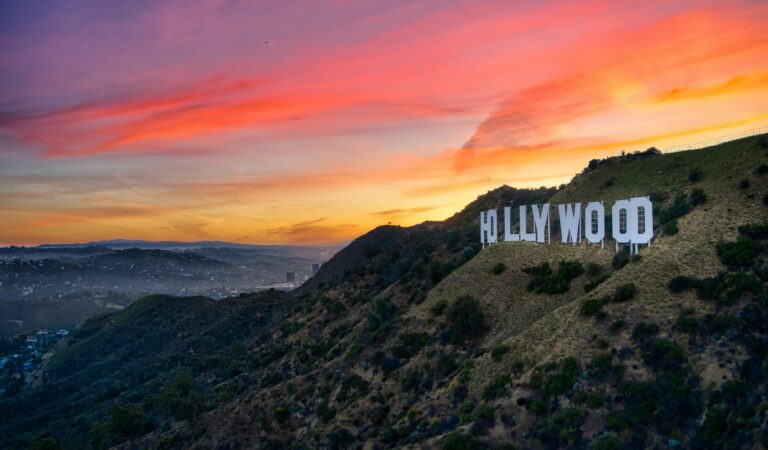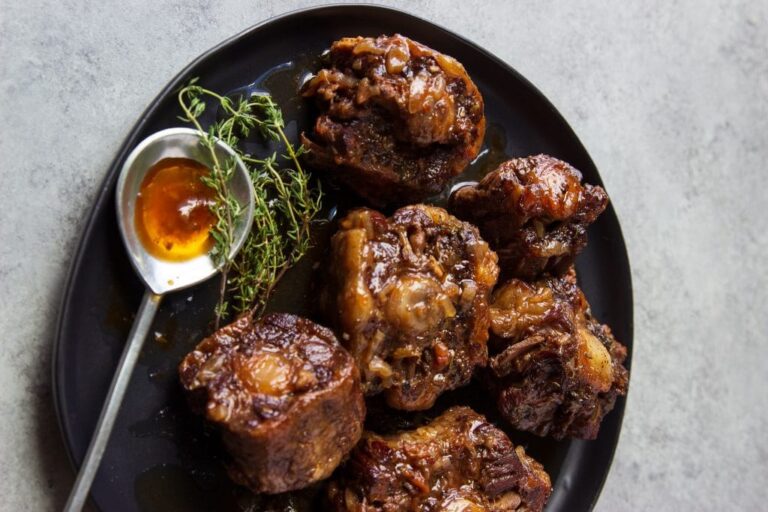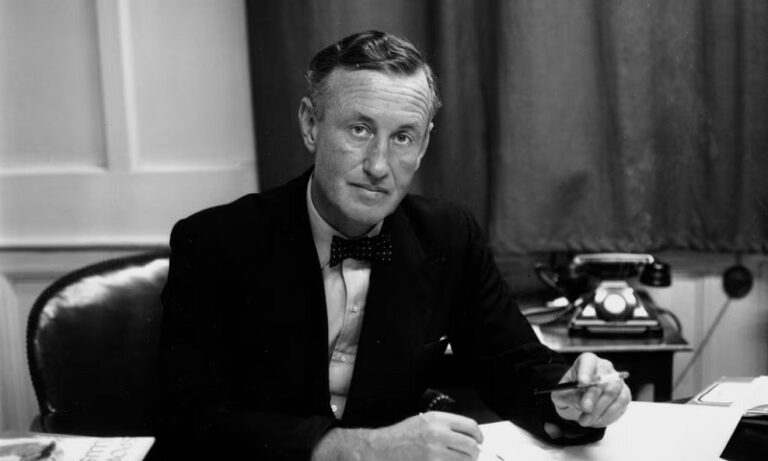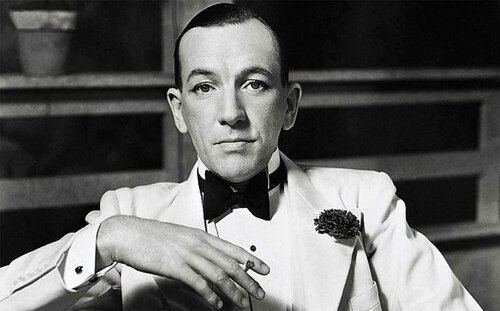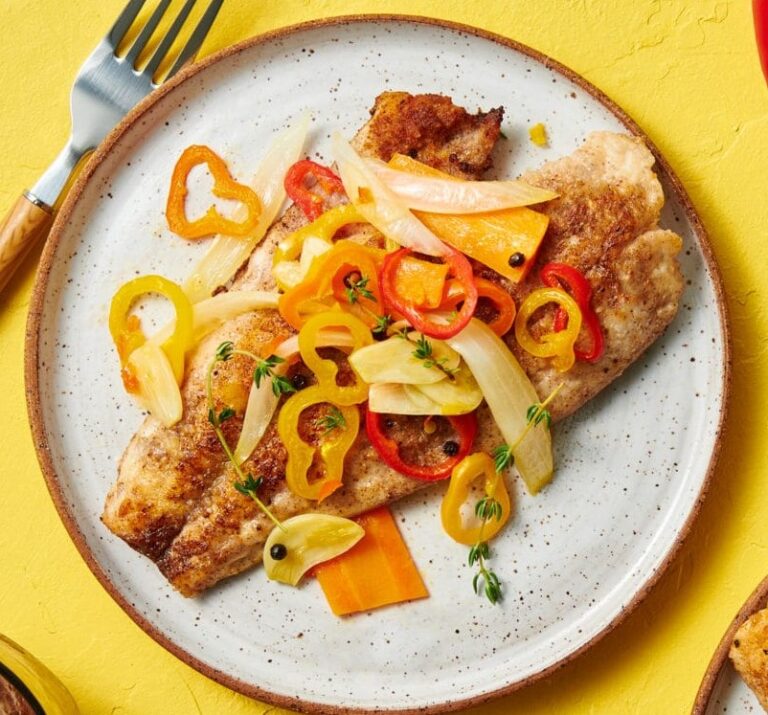Jamaica is known for its vibrant culture, reggae music, and rich cinematic history. While many associate the island with Bob Marley and Usain Bolt, Jamaica has also produced a host of talented actors and actresses who have made their mark in Hollywood and beyond. Here’s a look at some of the most famous Jamaican actors and actresses who have brought their talent to the big and small screens.
1. Jimmy Cliff
Although primarily known as a legendary reggae musician, Jimmy Cliff has also made significant contributions to the film industry. His starring role in the 1972 film The Harder They Come not only showcased his acting skills but also helped introduce reggae music to an international audience. The film remains a cult classic and a defining moment in Jamaican cinema.
2. Paul Campbell
Paul Campbell is widely regarded as one of Jamaica’s finest actors. Best known for his roles in classic Jamaican films such as Dancehall Queen (1997), Third World Cop (1999), and Shottas (2002), Campbell has portrayed gritty, compelling characters that resonate with audiences worldwide. His intensity and versatility have made him a household name in Caribbean cinema.
3. Grace Jones
A true icon, Grace Jones is a model, singer, and actress who has left an indelible mark on pop culture. Born in Jamaica, she gained international fame for her striking looks and bold performances. In the film industry, she is best known for her roles in A View to a Kill (1985), where she played the fierce May Day, and Conan the Destroyer (1984), starring alongside Arnold Schwarzenegger.
4. Sheryl Lee Ralph
Born to a Jamaican mother, Sheryl Lee Ralph is an award-winning actress with an impressive career spanning decades. She gained fame for her role as Deena Jones in the original Broadway production of Dreamgirls and has starred in numerous TV shows, including Moesha and Abbott Elementary, for which she won an Emmy Award in 2022. Her talent and charisma have cemented her status as a Hollywood powerhouse.
5. Carl Bradshaw
A pioneer in Jamaican cinema, Carl Bradshaw has had a long and distinguished career. He starred in the groundbreaking The Harder They Come and continued to play key roles in films like Smile Orange (1976) and Dancehall Queen (1997). His ability to embody authentic Jamaican characters has made him a legend in the industry.
6. Madge Sinclair
Madge Sinclair was a highly respected actress known for her commanding presence and powerful performances. Born in Jamaica, she achieved success in Hollywood with roles in Coming to America (1988), where she played Queen Aoleon, and The Lion King (1994), where she voiced Sarabi. She also won an Emmy Award for her role in Gabriel’s Fire (1991).
7. Louise Bennett-Coverley (Miss Lou)
A cultural icon in Jamaica, Louise Bennett-Coverley was an actress, poet, and folklorist. Though she was primarily known for her work in literature and theatre, she also appeared in films like Club Paradise (1986), showcasing her humor and storytelling prowess. Her influence on Jamaican culture remains profound.
8. Dennis “Sprangalang” Hall
A beloved comedian and actor, Dennis Hall, better known as Sprangalang, was renowned for his comedic timing and engaging performances. His role in Jamaican and Caribbean cinema, particularly in films like Ghett’a Life (2011), showcased his versatility as a performer.
9. Michael Ward
One of the rising stars of the new generation, Michael Ward was born in Jamaica and raised in the UK. He gained prominence for his role in the Netflix series Top Boy and has since appeared in acclaimed films like Blue Story (2019) and Empire of Light (2022). His career continues to soar, making him one to watch.
10. Leonard “Louie” Rankin
Known for his unforgettable role as “Teddy Brukshot” in Shottas (2002), Louie Rankin was also a Grammy-winning reggae artist. His portrayal of gangsters in both Belly (1998) and Shottas earned him a cult following, making him a legend in Jamaican and hip-hop culture.
Final Thoughts
Jamaican actors and actresses have played a significant role in shaping global cinema. From classic films to modern TV shows, their talent, charisma, and authenticity continue to captivate audiences worldwide. As Hollywood becomes more diverse, we can expect to see even more Jamaican talent rising to prominence in the entertainment industry.
Further Reading
- The Harder They Come (1972)
- Dancehall Queen (1997)
- Third World Cop (1999)
- Shotts (2002)


